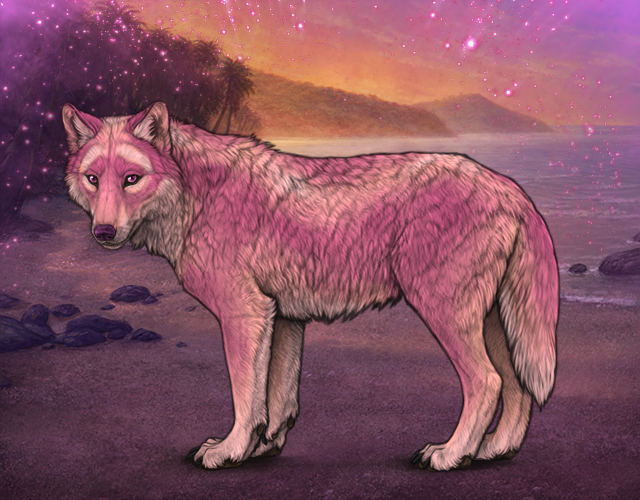Eros
| Last Details | |
|---|---|
| Death Age | 7 years 11½ months (Elder) |
| Sex | Male Largest Pup |
| Personality | Scatterbrained |
| Breeding Records | |
|---|---|
| Death Age in Rollovers | 191 |
| Pups Bred | 0 pups bred |
| Looks | |
|---|---|
| Base | Amor (0.06%) |
| Base Genetics | Special Medium * |
| Eyes | Rose |
| Skin | Dark Brown |
| Nose | Rouge |
| Claws | Black |
| Mutation | None |
| Secondary Mutation | None |
| Carrier Status | Unknown |
| Variant | Default |
| Markings | |
|---|---|
| Slot 1 | None |
| Slot 2 | None |
| Slot 3 | None |
| Slot 4 | None |
| Slot 5 | None |
| Slot 6 | None |
| Slot 7 | None |
| Slot 8 | None |
| Slot 9 | None |
| Slot 10 | None |
| Birth Stats | ||
|---|---|---|
| Strength | Speed | Agility |
| 50 | 67 | 50 |
| Wisdom | Smarts | Total |
| 60 | 49 | 276 |
| Birth Information | |
|---|---|
| Moon | |
| Season | |
| Biome | Deciduous Forest |
Biography
Eros was the mischievous god of love, a minion and constant companion of the goddess Aphrodite.
The poet Hesiod first represents him as a primordial deity who emerges self-born at the beginning of time to spur procreation. The same poet later describes two love-gods, Eros and Himeros (Desire), accompanying Aphrodite at the time of her birth from the sea-foam. Some classical writers interpreted this to mean the pair were born of the goddess immediately following her birth or else alongside her from the sea-foam. The scene was particular popular in ancient art where the godlings flutter about the goddess as she reclines inside a conch-shell.
Eventually Eros was multiplied by ancient poets and artists into a host of Erotes (Roman Cupides). The singular Eros, however, remained distinct in myth. It was he who lit the flame of love in the hearts of the gods and men, armed with either a bow and arrows or a flaming torch. Eros was often portrayed as the disobedient but fiercely loyal child of Aphrodite.
In ancient vase painting Eros is depicted as either a handsome youth or child. His attributes were varied--from the usual bow and arrows, to the gifts of a lover such as a hare, sash, or flower. Sculptors preferred the image of the bow-armed boy, whereas mosaic artists favoured the figure of a winged putto (plump baby).
The poet Hesiod first represents him as a primordial deity who emerges self-born at the beginning of time to spur procreation. The same poet later describes two love-gods, Eros and Himeros (Desire), accompanying Aphrodite at the time of her birth from the sea-foam. Some classical writers interpreted this to mean the pair were born of the goddess immediately following her birth or else alongside her from the sea-foam. The scene was particular popular in ancient art where the godlings flutter about the goddess as she reclines inside a conch-shell.
Eventually Eros was multiplied by ancient poets and artists into a host of Erotes (Roman Cupides). The singular Eros, however, remained distinct in myth. It was he who lit the flame of love in the hearts of the gods and men, armed with either a bow and arrows or a flaming torch. Eros was often portrayed as the disobedient but fiercely loyal child of Aphrodite.
In ancient vase painting Eros is depicted as either a handsome youth or child. His attributes were varied--from the usual bow and arrows, to the gifts of a lover such as a hare, sash, or flower. Sculptors preferred the image of the bow-armed boy, whereas mosaic artists favoured the figure of a winged putto (plump baby).

 Romantic Walks
Romantic Walks